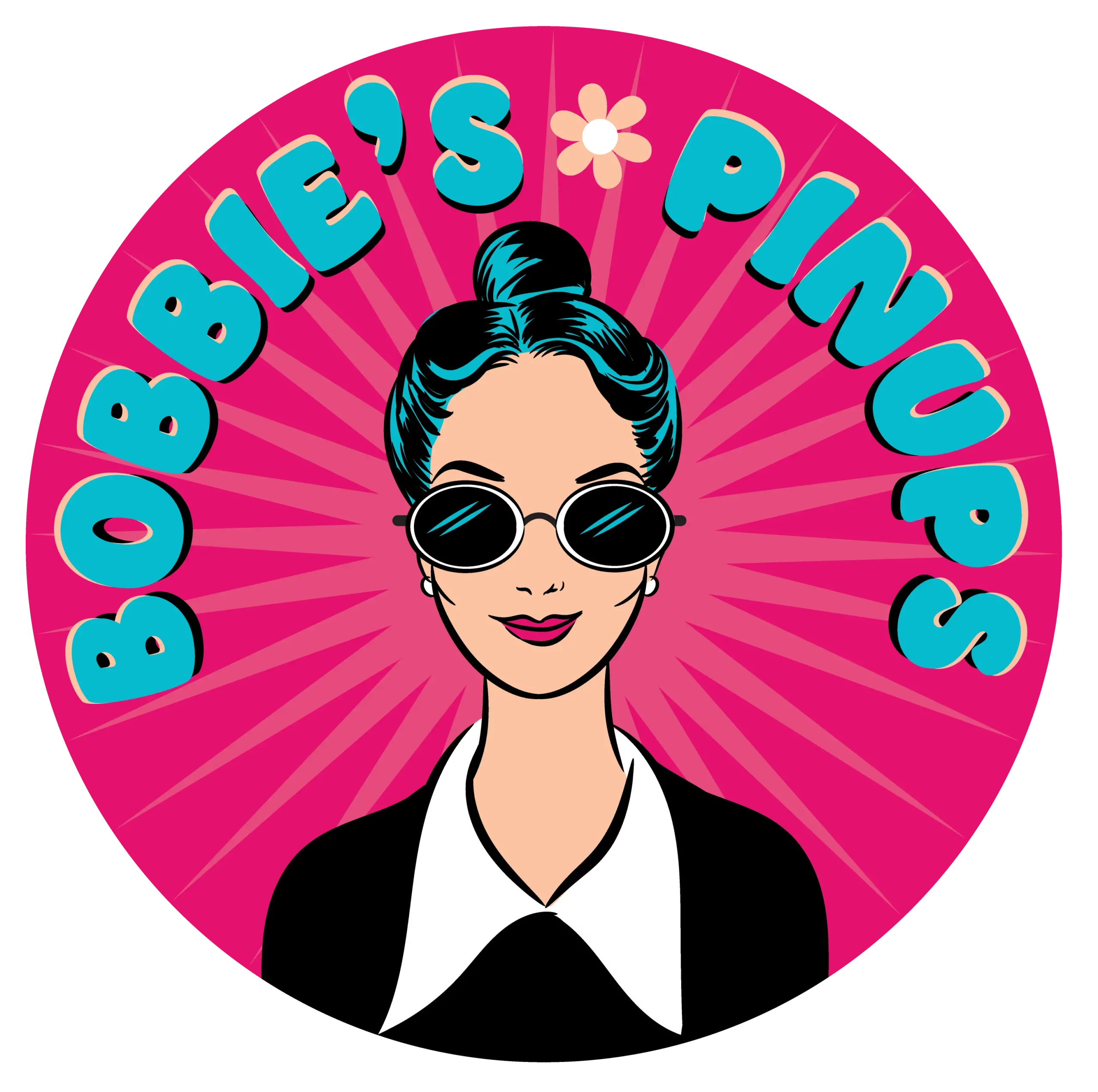Your cart is currently empty!
The Evolution of Pinup: Styles of the 1910s and 1920s
The term “pinup” likely conjures the classic images of World War II-era beauties, but the pinup girl’s roots extend back to the early 20th century. Between 1910 and 1920, pinup illustrations transformed, reflecting changing ideals of feminine beauty and sexuality.
The Gibson Girl: A Precursor to Pinup
Although not strictly pinups in the traditional sense, the Gibson Girl illustrations of the 1890s and early 1900s set the stage. Created by Charles Dana Gibson, these drawings portrayed tall, elegant women with upswept hair and hourglass figures. While still relatively modest, the Gibson Girls embodied an independent spirit – they were athletic, educated, and subtly flirtatious, a departure from previous, more demure portrayals of women.
The 1910s: Ziegfeld Girls and a Hint of Skin
The Ziegfeld Follies chorus girls took the Gibson Girl ideal a step further. Adorned in lavish costumes designed to show off their shapely legs, dancers like Anna Held and Lillian Lorraine became icons of the 1910s. Photographers such as Alfred Cheney Johnston captured these glamorous women in poses that, while not overtly suggestive by today’s standards, pushed the boundaries of what was considered acceptable.
With the Ziegfeld Girls, a key element of the pinup began to emerge – the focus on legs and a hint of playful sensuality. This trend continued as swimwear became more revealing and women’s fashions started to show more skin.
The Roaring Twenties: Emergence of the Flapper
The 1920s ushered in the era of the flapper, a radical shift in women’s fashion and attitudes. Short skirts, bobbed hair, and a rejection of corseted figures defined this rebellious style. Pinup illustrations mirrored this shift, showcasing women with slender, boyish figures. The focus was on youthful energy and a spirit of playful provocation.
The Birth of a Cultural Phenomenon
The pinup styles of the 1910s and 1920s laid the groundwork for the bombshell pinups that would symbolize World War II and beyond. While the illustrations of this era might appear tame compared to later pinup imagery, the evolving portrayal of women in these images reflected a pivotal shift in societal views.
These early pinups celebrated female beauty in a way that was both charming and increasingly daring, marking the start of a cultural phenomenon that would leave a lasting impact on popular culture.



